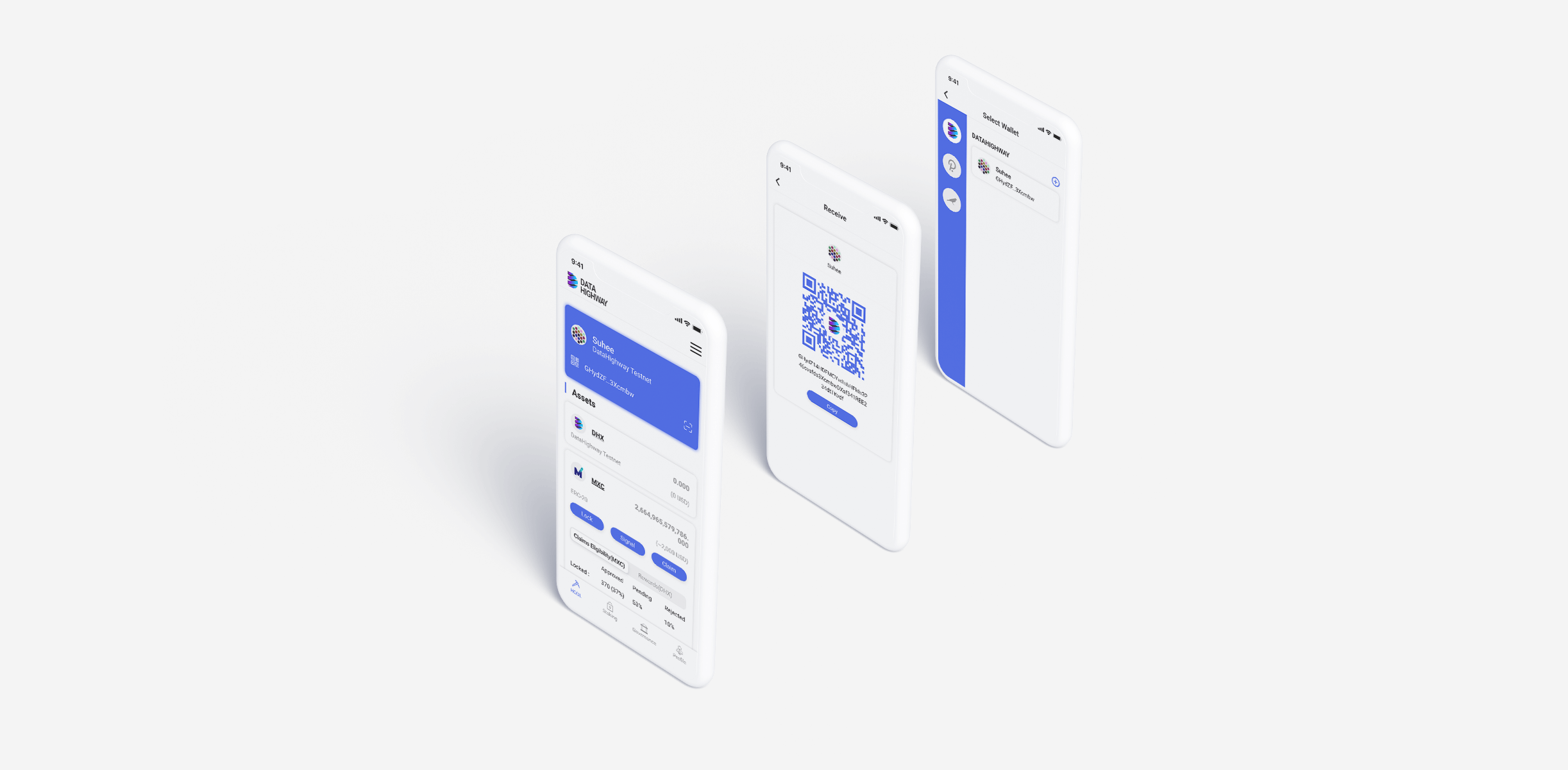DataHighway
On this page I will talk about the problems I noticed with the DHX app. My last project was to merge the DHX app with the Datadash App (the company's current public app). You can see more about the merging process and my problem solving on this page.
1. People lose backup code all the time
DHX tokens are of a Decentralized Autonomous Organization so you don’t need any personal verifications such as an email address or a social media platform to create an account. This means that most blockchain wallets require you to write down a mnemonic phrase or recovery code to use in case you forget your account details or lose your direct access (laptop, cellphone etc). Have you heard of the people who bought Bitcoin a long time ago and cannot access their money because they’ve lost the backup codes? This is still very common.
2.If you don't have any knowledge of how Polkadot blockchain works then this app is useless.
DHX is a parachain of Polkadot so if a user knows the Polkadot system then this app will be very convenient. However, it is complicated and takes a lot of time to learn. On my next merging project, I tried to optimise this user experience.
You can check that out here. (coming soon!)












